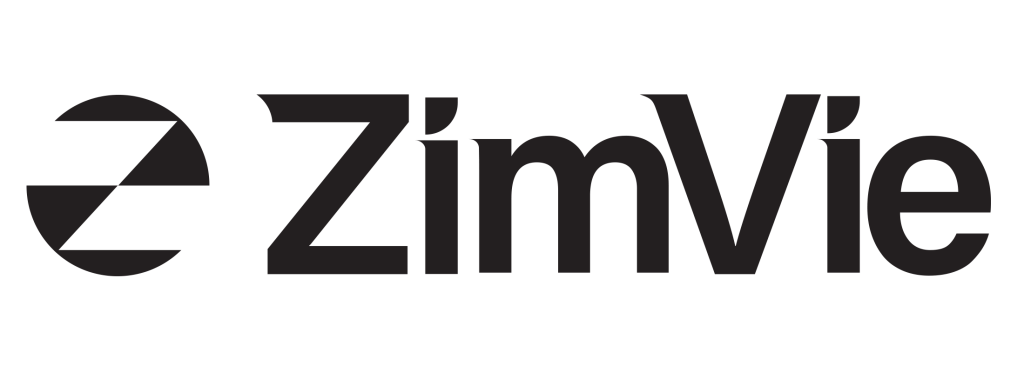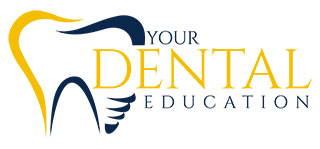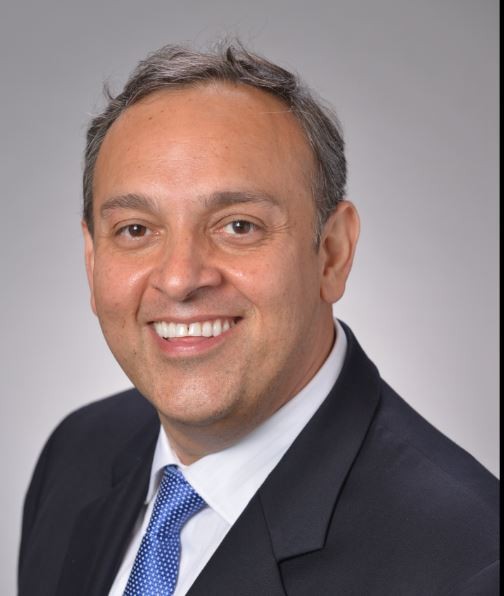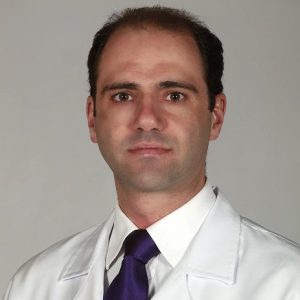Hands-on Implant Placement Cadaver Course: October 11-12, 2024
Course Price is $2,195
Registration: 7:30 am
Course: 8:00 am – 5:00 pm
Continental Breakfast and Lunch provided
Location: Hanover, MD
CE: 16 Participation Credits
Limited to 20 Participants
Course Objective
This course is a unique two-day lecture and hands-on cadaver experience. It offers the unique opportunity for each participant to learn head and neck anatomy pertinent for performing implant, oral and periodontal surgery. Each participant will learn the placement of root form dental implants in a unique step-by-step fashion, followed by seeing actual videos of these procedures. Each participant will then actually perform these procedures on freshly frozen cadavers under the direct supervision of the course instructors.
The objective of this course is to inform and assist each participant in achieving a higher level of clinical comfort with the placement of dental implants, manipulation of surgical flaps, obtaining of tension-free surgical closure and proper suture materials, and the methods to use for each of these therapies.
This course includes the fundamental biomechanics & biology of bone as well as the rationale for the diagnosis, treatment planning, and the clinical practice of placing root form dental implants. The course will also cover informed consent, pre and post-surgical considerations, possible pathways for post-surgical infection, and management of post-surgical complications.
Topics Covered
- Head & neck anatomy
- Pathways of infection
- Pre-operative considerations for implant, periodontal and oral surgery
- Keys for successful implant therapy
- Biomechanics of jaw bone and its effect on implant therapy
- Progressive bone loading
- Current implant designs
- Implant protected occlusion
- Splinting- yeah or neah
- Cantilevers and dental implants
- Occlusal table design
- Implant consent forms
- Implant placement in healed extraction sites
- Extraction and immediate implant placement
- Post-operative guidelines
- Radiographic interpretation/identification of vital anatomic structures and possible sites for implant placement
- Clinical cases
- Demonstration of implant surgical kit
- Cadaver Lab
Learning Objectives:
- Understand how to properly diagnose and treatment plan implant patients.
- Understand the biomechanics of alveolar bone and how they affect dental implant therapy.
- Understand the pre and post-operative considerations for an implant.
- Understand when and why to use osteotomes during implant placement.
- Describe how to obtain tension-free primary surgical flap closure
- Understand the suture materials and techniques for successful implant placement and implant uncovering.
Sponsored by:



